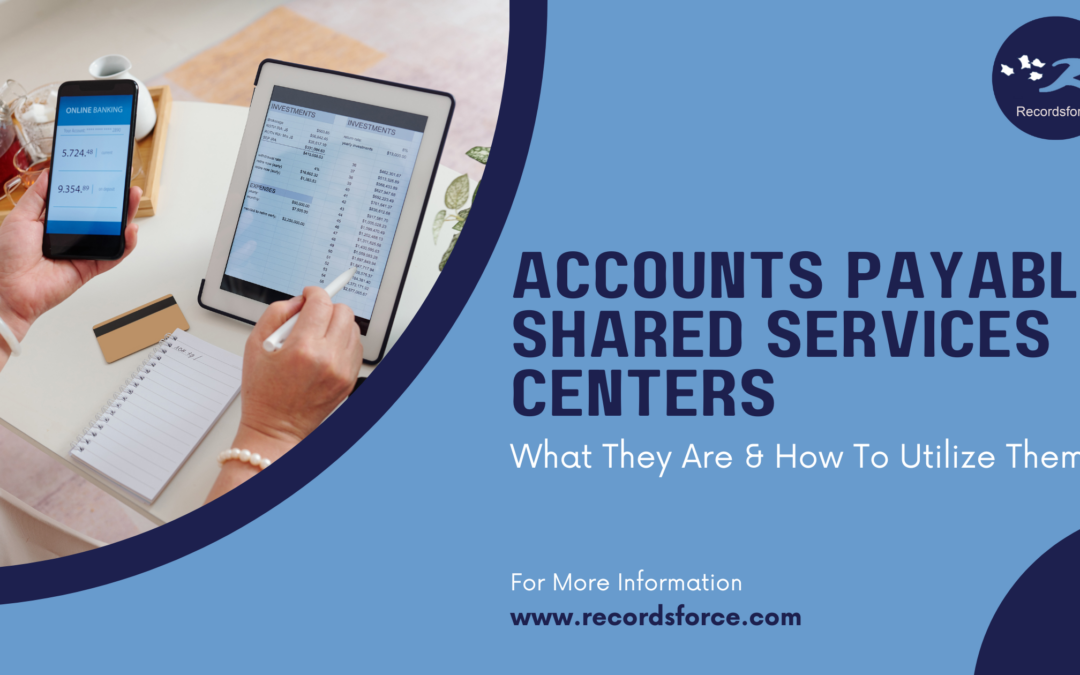A shared services center (SSC) is where back office functions, such as Accounts Payable (AP), are centralized. It allows a company to combine resources from multiple operating entities or even separate business units into one single layer center. For example, instead of having an AP department in every state or even country you operate in, you can have one regional or global AP shared services center.
What exactly is a shared services center? According to Gartner, a shared services center or SSC “refers to a dedicated unit (including people, processes and technologies) that is structured as a centralized point of service and is focused on defined business functions. These functions are supported by IT and IT services for multiple business units within the enterprise. Shared services may come from several different physical locations, and may involve numerous business functions and IT processes.”
Picture this – your company has multiple locations and each of your locations is run by a General Manager (GM). In the example of invoices, all of your invoices would be sent to each individual location and the GM would need to take the invoices, scan them, and index the data to get them into your system. This creates bottlenecks in your process and now you’re chasing your GM to get this process done. Keep in mind this is the same process across all of your locations. Your GM’s primary focus is not scanning and indexing invoices, so instead of a streamlined process, you’ve created disorganization and confusion across your business.
Alternatively, a shared services center can take that responsibility off your GM’s plate and your company no longer has to deal with challenges like late payments, overpayments, duplicates or any other money leaks. Someone like that GM on your team can now just review and approve their invoices through your software. A shared service center can help you eliminate redundant or manual processes and implement best practices for your company’s infrastructure. Having a central unit for all businesses, instead of relying on multiple different locations, offers control, standardization, productivity, and scalability.
Another benefit of a shared services center is cutting down on processing costs. Since you will have one location for invoice processing, you can cut down expenses on your AP process in multiple locations. For instance, a SSC allows you to automate invoice data capture, approval tasks and route invoices for payment processing automatically. This also means increasing your team’s productivity and focus, since they will no longer need to worry about those manual processes. Even better, improved data accuracy and less human error!
A SSC can also give you more insight to your process through analytics and reporting, not only on your actual AP process, but also reporting for managers to see what tasks need to be completed or the progress on a project.
Recordsforce provides outsourced invoice processing with a turnkey solution that enables your shared services center to immediately take over the invoice processing for multiple separate profit centers, while improving the efficiency and accountability of invoice approvals and payments. With Recordsforce’s invoice scanning, data capture and workflow, you can lower your cost per invoice by as much as 65%, earn your return on investment in as little as 6 months, and get faster monthly, quarterly and year-end closes.

